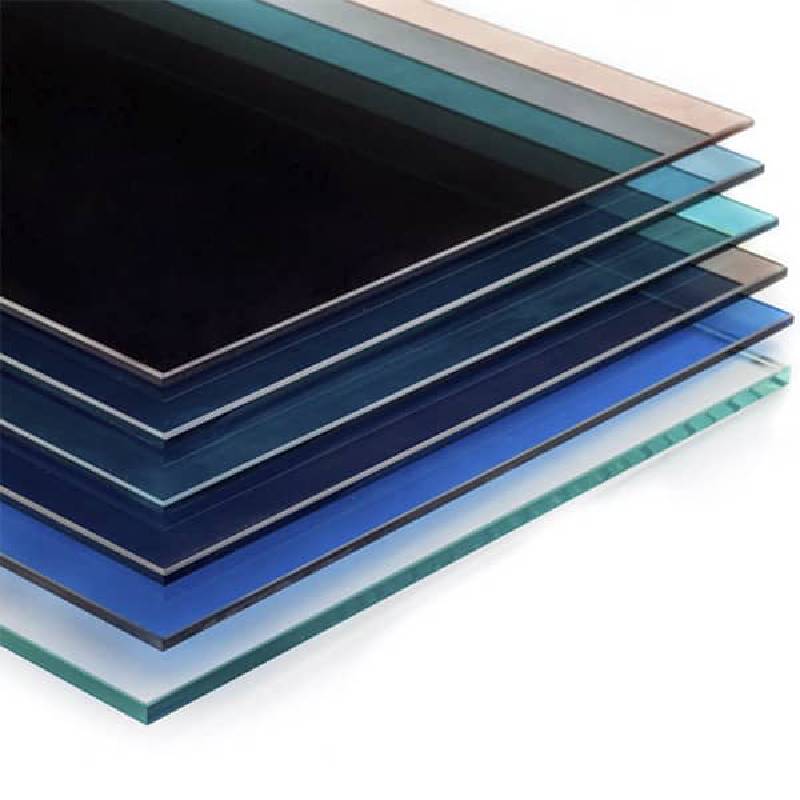

The Fascinating World of Float Glass A Video Insight
Float glass, renowned for its clarity and smooth surface, is a material that has transformed architecture and design. A recent video exploring the intricacies of float glass production has captured the attention of enthusiasts and professionals alike, showcasing the remarkable process that turns raw materials into one of the most fundamental building blocks of modern construction.
The Float Glass Process
The video begins by detailing the raw materials required for float glass production. Sand, soda ash, and limestone are meticulously combined, providing the essential ingredients needed to create glass. These materials are heated in a furnace to form molten glass at extremely high temperatures, often exceeding 1,700 degrees Celsius. The intense heat is necessary to ensure that the materials fuse together smoothly and effectively.
One of the most captivating parts of the video is the demonstration of the float process itself, which was invented by Sir Alastair Pilkington in the 1950s. After the molten glass is produced, it is carefully poured onto a bed of molten tin. This innovative technique is what gives float glass its name. The glass floats on the tin, allowing it to spread evenly and create a perfect flat surface. This method is a game-changer, as it eliminates the need for subsequent grinding and polishing, which were the traditional methods used to achieve a smooth finish.
Key Characteristics of Float Glass
As explained in the video, float glass possesses a number of key attributes that make it highly desirable for use in windows, glass facades, and more. Its exceptional clarity is one of its hallmark features, allowing for maximum light transmission while minimizing distortion. Furthermore, float glass can be produced in a variety of thicknesses and sizes, making it adaptable for numerous applications.

The video also delves into the various treatments and enhancements that can be applied to float glass. These include tempered glass, which is heat-treated for increased strength and safety, and low-emissivity (Low-E) coatings, which improve energy efficiency by reflecting heat. These advancements ensure that float glass meets the diverse needs of the modern construction industry.
Applications in Architecture and Design
Beyond the manufacturing process, the video highlights the myriad applications of float glass in architecture and design. It is a staple in residential homes, commercial buildings, and even automotive applications. Its aesthetic appeal combined with functional advantages makes it a favored choice among architects and designers. Large glass facades create open spaces filled with natural light, fostering a sense of connection with the outdoors.
In urban environments, float glass has become synonymous with modernity. Skyscrapers featuring expansive glass exteriors not only provide breathtaking views but also promote energy efficiency, a crucial factor in sustainable building practices. The video illustrates how float glass is integral to creating visually stunning and environmentally conscious structures.
Conclusion
In summary, the exploration of float glass production through video provides a comprehensive understanding of its significance in the modern world. From its initial raw materials to its impressive applications, float glass epitomizes innovation in material science and architecture. As the industry continues to evolve, this remarkable material will undoubtedly play a pivotal role in shaping the skylines of the future. For architects, builders, and glass enthusiasts, the world of float glass is not only fascinating but also inspiring, offering countless possibilities for creativity and sustainability in design.